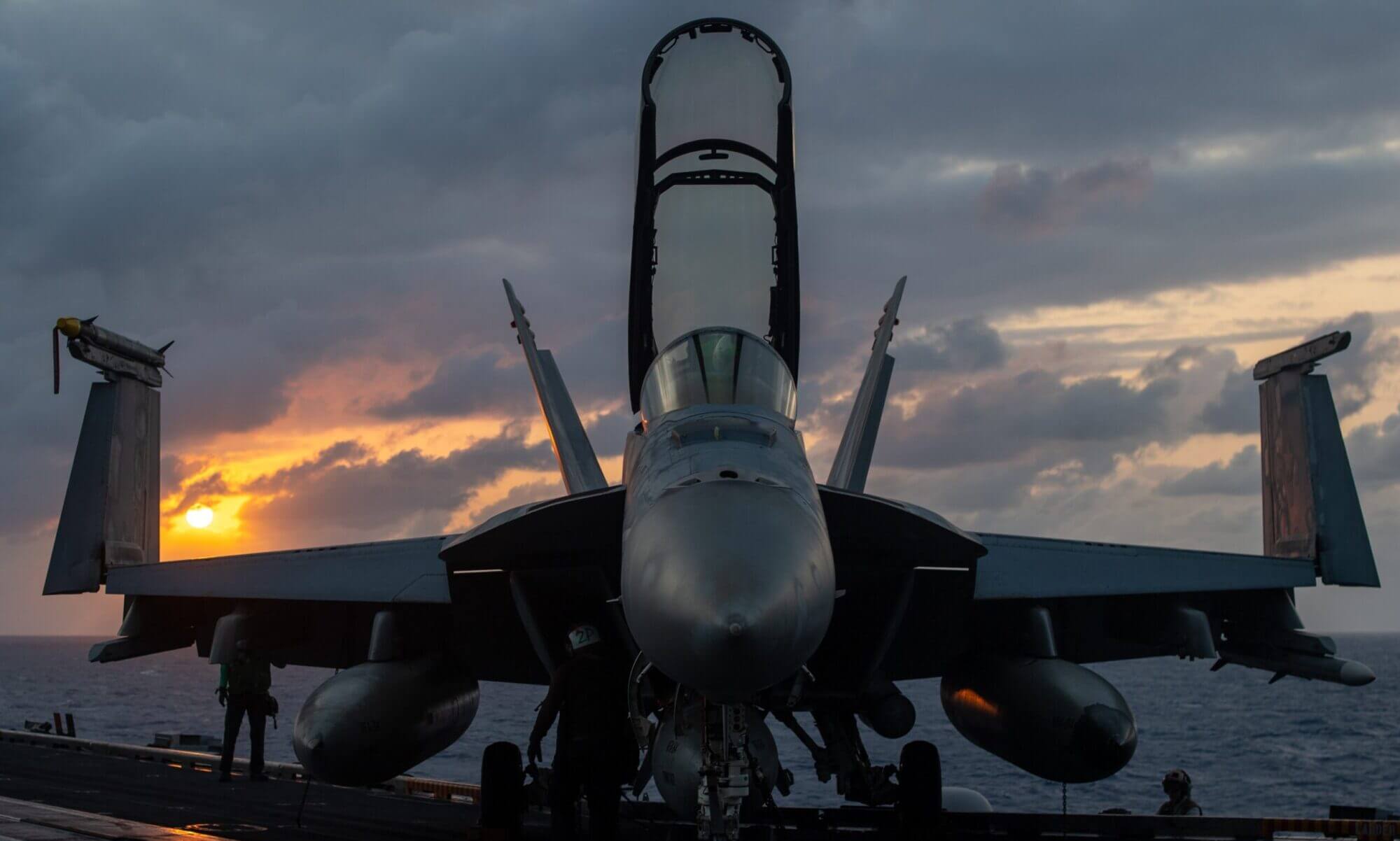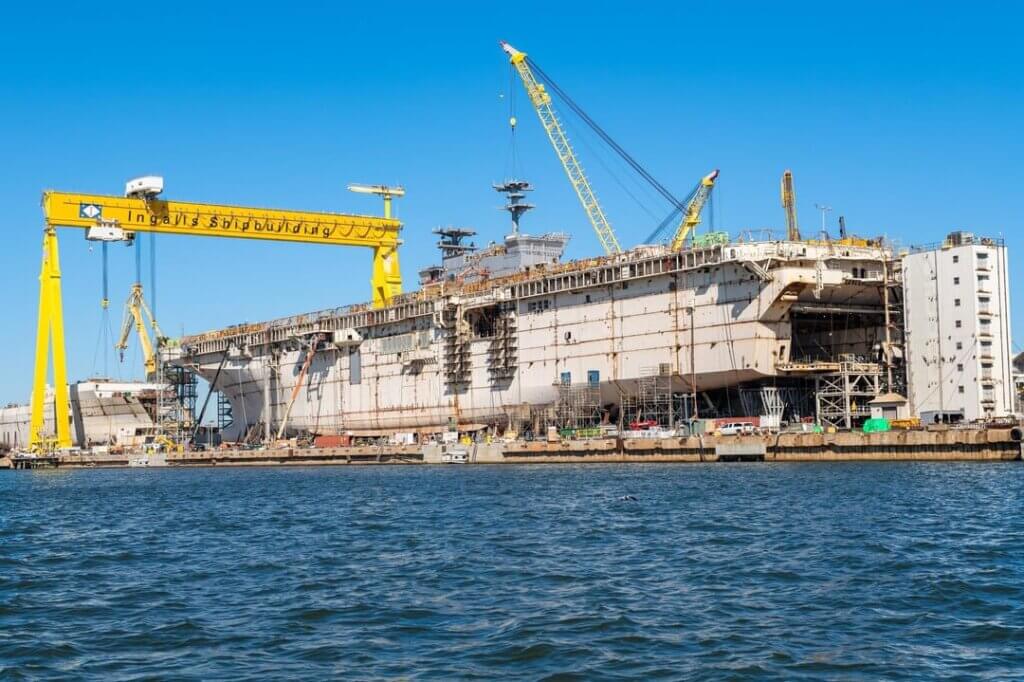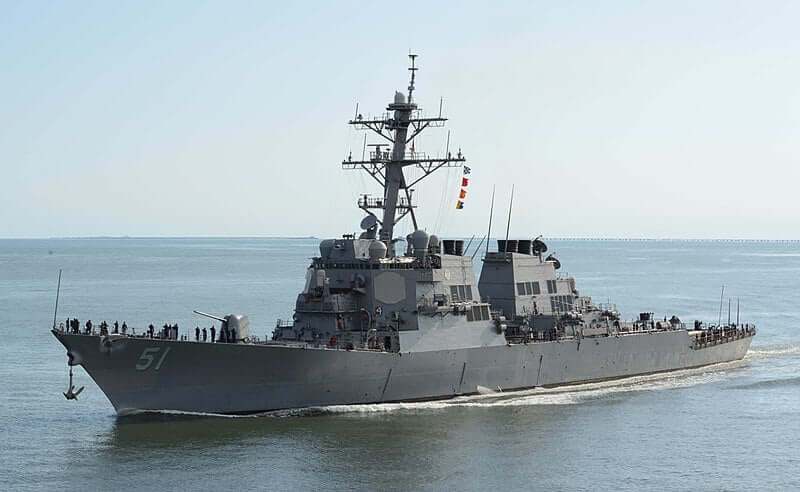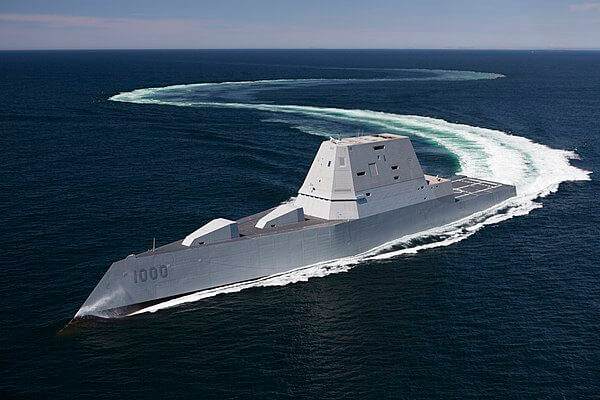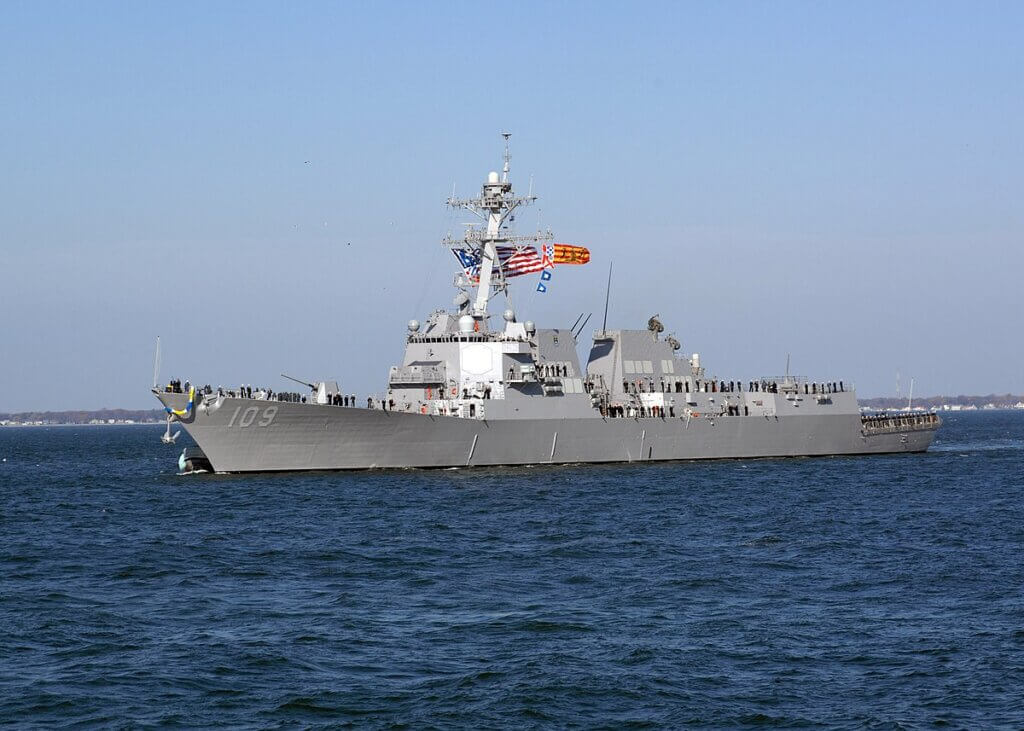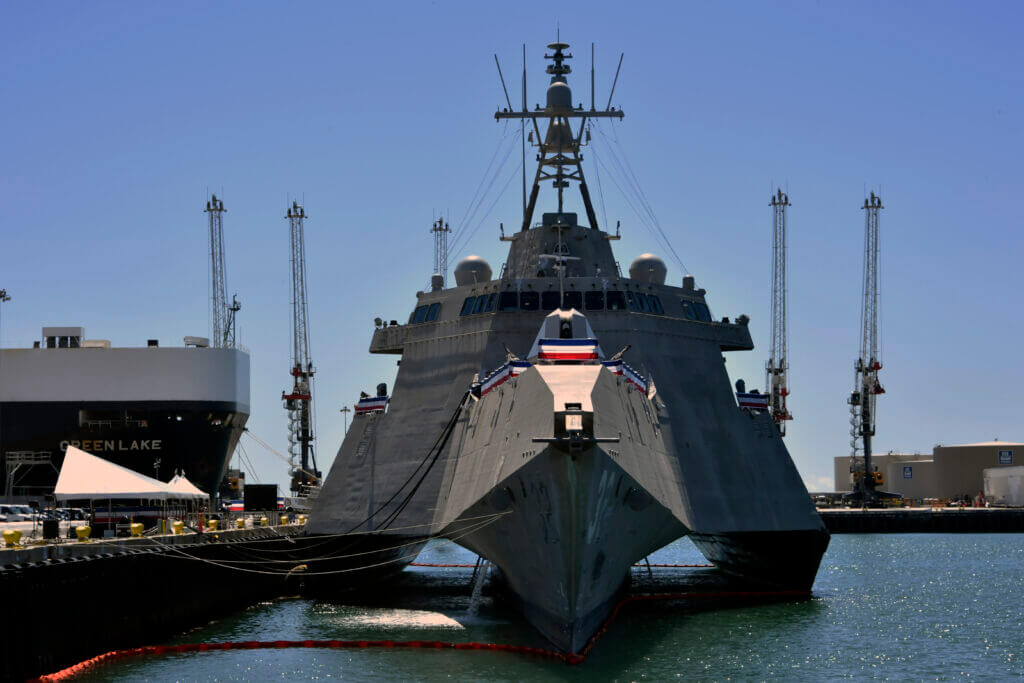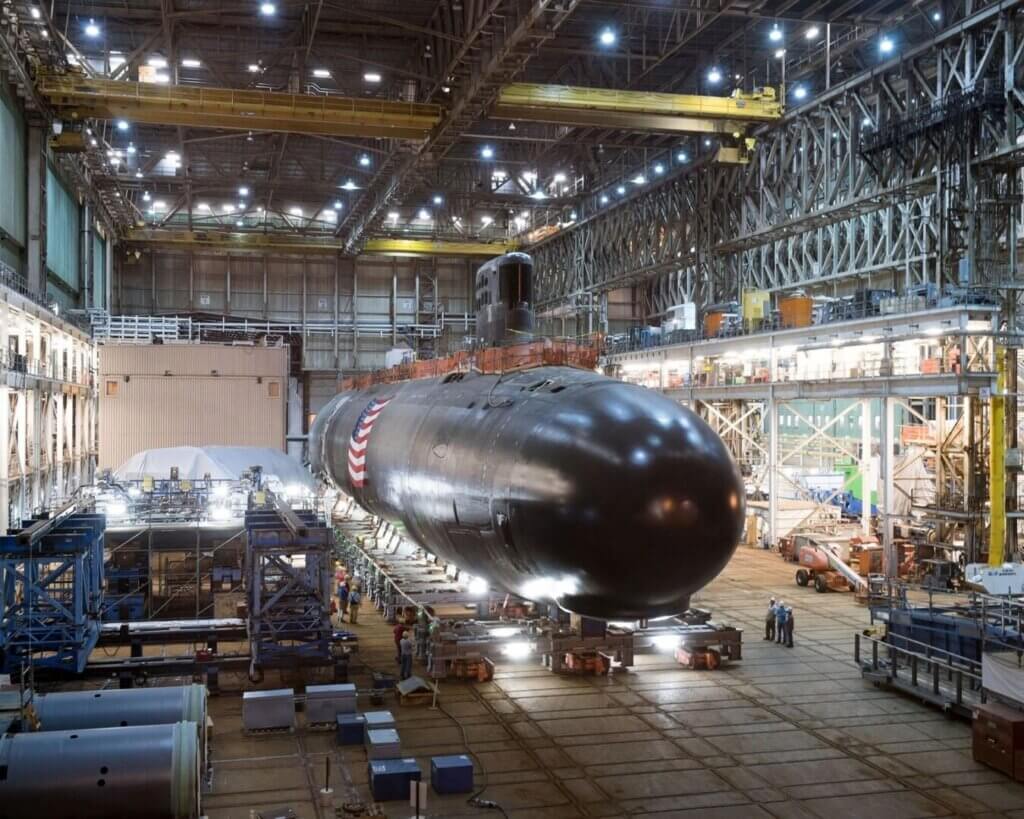
Introduction
The sea’s immense depths have long symbolized mystery, vastness, and immense power. The submarines that glide beneath the waves are a testament to our nation’s commitment to defense and technological advancement.
This week, the U.S. Navy unveiled its latest masterpiece, USS Hyman G. Rickover, a nuclear submarine named after one of Chicago’s own. In an age where military tensions bristle and global challenges surge, this submarine, and the history it represents, signifies the Navy’s dedication to ensuring America’s defense remains unparalleled.
Chicago’s Submarine Legacy
The U-boat Museum Connection
When one mentions Chicago and submarines, it’s hard not to envision the iconic German U-boat displayed at the Museum of Science and Industry. This captured artifact serves as a reminder of our past challenges and triumphs.
Admiral Rickover: The Visionary Behind Nuclear Submarines
Yet, Chicago’s submarine legacy doesn’t end there. Admiral Hyman G. Rickover, a figure intertwined with Chicago’s fabric, has now received his second tribute in the form of the USS Hyman G. Rickover, a state-of-the-art fast-attack nuclear-powered submarine. Rickover’s journey, from fleeing Jewish persecution in Poland to settling in Chicago’s North Lawndale and ascending the Navy ranks, is nothing short of inspiring.
Under his leadership, the concept of a nuclear-powered submarine transformed from an idea to a reality. He recognized the limitations of diesel submarines, which frequently needed to surface. With nuclear power, submarines gained the capability to remain submerged for prolonged periods, revolutionizing naval warfare.
Why It Matters
Submarines in Modern Defense
Bill Nissen, a Chicago lawyer and former Naval Officer, emphasizes the significance of these submarines. Their stealthy nature, ability to stay hidden, and readiness to act make them invaluable assets to national defense.
Chicago’s Ongoing Contribution
The USS Hyman G. Rickover is not just named in tribute to a Chicago legend but will also have four crew members hailing from the city. Among them is Chief Petty Officer Gino Rossi of St. Charles, who, like many servicemen, embarks on this mission carrying the hopes, pride, and concerns of his family back home.
Honoring a Legacy
Naming this the second submarine after Admiral Rickover, who holds the record for serving in the U.S. military for an incredible 63 years, is a testament to the Navy’s commitment to honoring its heroes. It’s a message that valiant service, vision, and dedication to one’s nation will never be forgotten.
Conclusion
The unveiling of the USS Hyman G. Rickover is more than just the launch of another submarine; it’s a celebration of a visionary, the recognition of Chicago’s integral role in naval history, and a statement of America’s unyielding commitment to its defense. As global challenges loom, such tributes remind us of the strength, innovation, and unity that underpin our nation.
